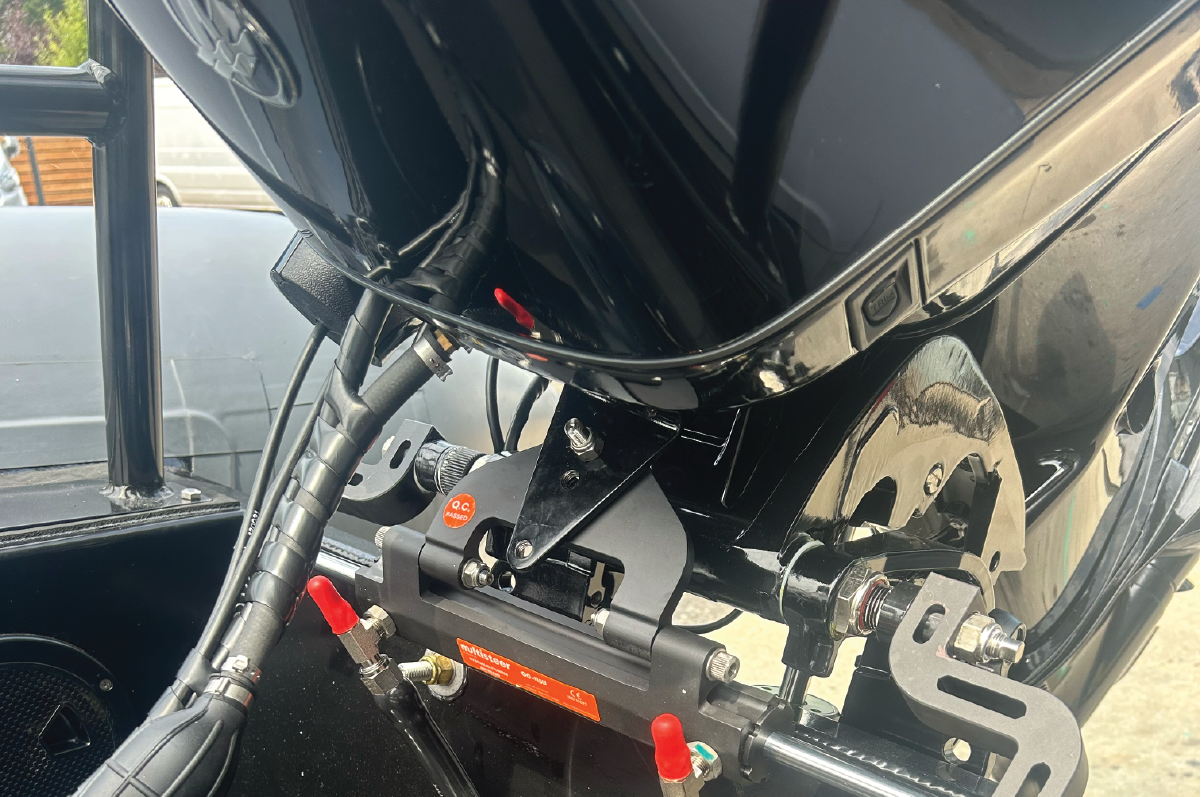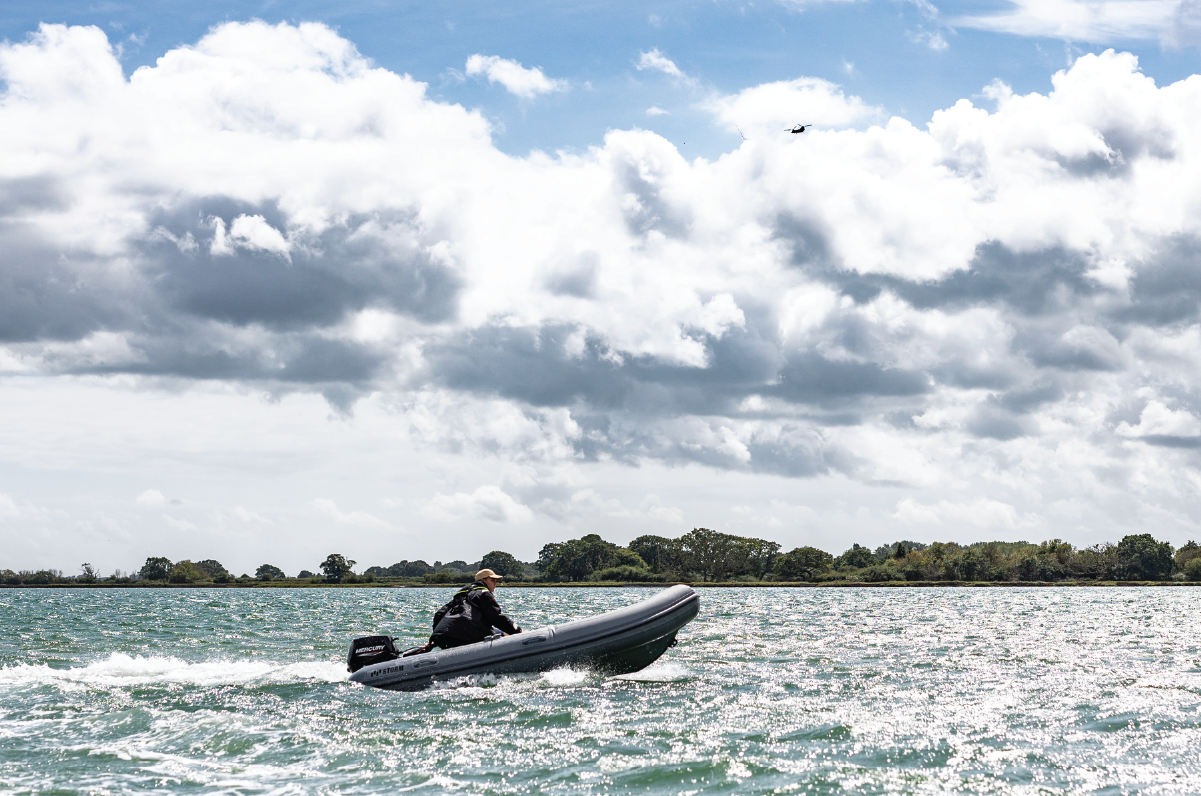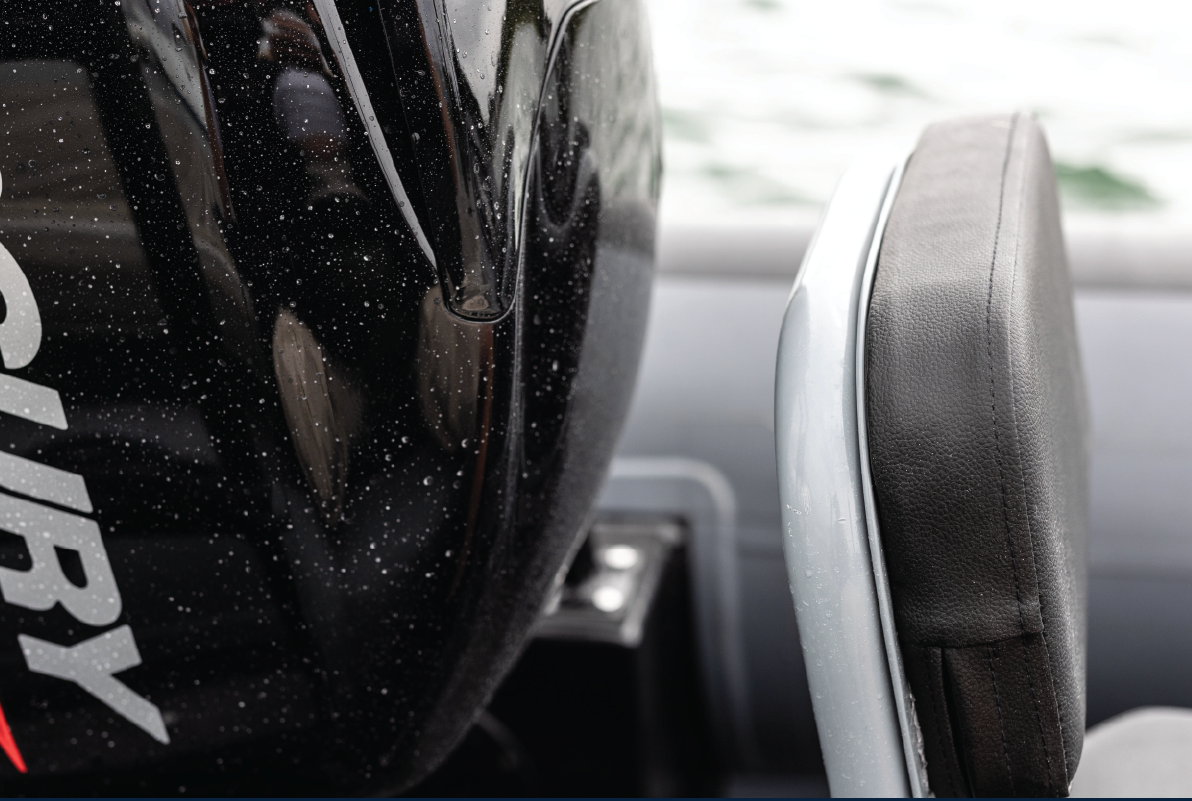
Cable or Hydraulic Steering for RIBs?
Cable vs. Hydraulic Steering for RIBs: A Comprehensive Guide
When it comes to RIB steering systems, the choice between cable and hydraulic systems can significantly impact the performance, handling, and maintenance of your RIB. Both systems have their unique advantages and drawbacks, making the decision largely dependent on your specific boating needs, preferences, and the type of RIB you own. This article delves into the intricacies of cable and hydraulic steering systems, comparing their features, benefits, and potential downsides to help you make an informed decision.
Full disclosure - all of the RIBs at Storm Marine are supplied with hydraulic steering systems as we believe they offer better performance.
Cable Steering Systems
Cable steering systems, also known as mechanical steering systems, are the traditional choice for many RIB owners, particularly those with smaller and less powerful RIBs. The system operates through a series of cables and pulleys that directly connect the steering wheel to the outboard motor.
Advantages of Cable Steering
1. Cost-Effective: One of the most significant advantages of cable steering systems is their affordability. They are generally less expensive to purchase and install compared to hydraulic systems, making them an attractive option for budget-conscious boaters.
2. Simplicity and Ease of Maintenance: Cable steering systems are relatively simple in design. This simplicity translates to easier and less frequent maintenance. Most RIB owners can perform basic maintenance tasks themselves, such as lubricating cables and checking for wear and tear.
3. Immediate Response: Cable systems provide a direct mechanical link between the steering wheel and the motor, offering immediate and precise response to steering inputs. This direct connection can be particularly beneficial for smaller boats that require quick manoeuvrability.
Disadvantages of Cable Steering
1. Increased Effort: As RIBs get larger and more powerful, the physical effort required to steer with a cable system increases. This can lead to driver fatigue, especially during long periods of steering or in rough conditions.
2. Wear and Tear: Over time, the cables and mechanical components can wear out, leading to decreased performance and potential steering issues. Regular inspection and maintenance are essential to ensure the system remains reliable.
3. Limited Application: Cable steering systems are typically best suited for RIBs with outboard motors up to around 75 horsepower in our opinion. Beyond this power range, the physical effort required to operate the steering can become impractical.
Hydraulic Steering Systems
Hydraulic steering systems use fluid pressure to transmit steering commands from the helm to the outboard motor. These systems are commonly found on larger, more powerful RIBs and are known for their smooth and effortless steering capabilities.
Advantages of Hydraulic Steering
1. Effortless Steering: One of the most notable benefits of hydraulic steering systems is the ease of operation. The hydraulic pump and cylinder reduce the physical effort required to steer, making it nearly effortless regardless of the boat’s speed or conditions. This is particularly advantageous for larger RIBs and longer trips.
2. Smooth and Precise Control: Hydraulic systems provide smooth and precise control, allowing for finer adjustments and more accurate steering. This can be particularly beneficial in navigating tight spaces or when making small directional changes.
3. Durability and Reliability: Hydraulic steering systems are known for their durability and reliability. They are less prone to wear and tear compared to cable systems, as there are fewer moving parts that can degrade over time. Additionally, hydraulic fluid provides lubrication, reducing friction and extending the life of the components.
4. Ideal for High Horsepower Engines: Hydraulic steering is well-suited for boats with high horsepower engines, typically above 75 horsepower. The system can handle the increased forces and demands of powerful motors, providing smooth and effortless steering even at high speeds.
Disadvantages of Hydraulic Steering
1. Higher Cost: Hydraulic steering systems are generally more expensive to purchase and install than cable systems. The cost of hydraulic fluid and potential repairs can also add to the overall expense.
2. Complexity: The increased complexity of hydraulic systems means that maintenance and repairs are typically more challenging and may require professional assistance. This can lead to higher maintenance costs over the lifetime of the system.
3. Potential for Leaks: Hydraulic systems rely on fluid pressure to operate, making them susceptible to leaks. A hydraulic fluid leak can result in loss of steering control, requiring immediate attention and repair.
Making the Choice: Cable or Hydraulic?
The decision between cable and hydraulic steering depends on several factors, including the size and power of your RIB, your typical boating conditions, and your budget.
Boat Size and Power: For smaller RIBs with engines up to around 75 horsepower, cable steering is often sufficient and provides a cost-effective solution. However, for larger RIBs with more powerful engines, hydraulic steering is typically the better choice due to its ease of use and ability to handle higher forces.
Boating Conditions: Consider the conditions in which you typically take your RIB out. If you frequently navigate rough waters or take long trips, the reduced effort and increased control of a hydraulic system can significantly enhance your boating experience.
Budget: While hydraulic systems offer many advantages, they come at a higher cost. If budget is a primary concern and your RIB falls within the power range suitable for cable steering, a well-maintained cable system can be a viable option.
Maintenance and Repairs: Evaluate your ability to perform maintenance and repairs. Cable systems are simpler and easier to maintain, making them a good option for those who prefer DIY maintenance. Hydraulic systems, while more durable, may require professional service for repairs and maintenance.
Conclusion
Both cable and hydraulic steering systems have their place in the boating world, each offering distinct advantages and suited to different types of vessels and boating conditions. Understanding the strengths and weaknesses of each system can help you make an informed decision that aligns with your specific needs and enhances your overall boating experience. Whether you prioritise cost, ease of maintenance, steering effort, or durability, there is a steering system that will meet your requirements and keep you confidently navigating the waters.



